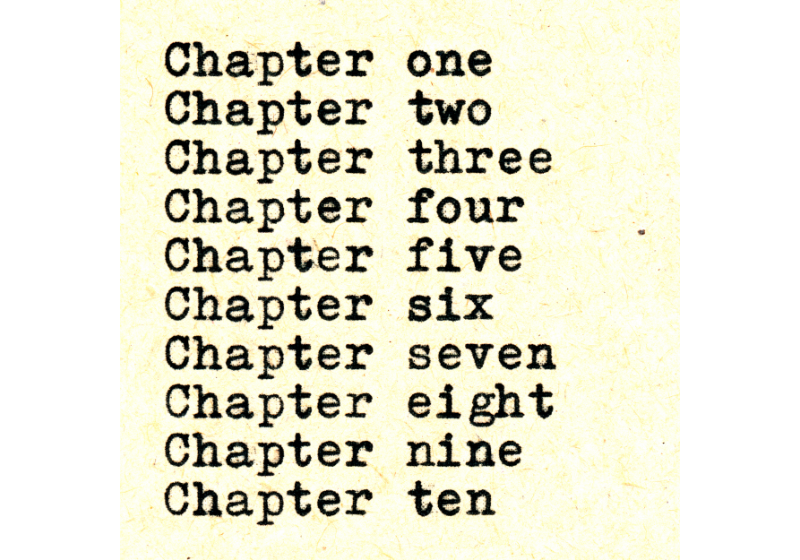Life is a series of successive stages or milestones, and moving from one to another can sometimes be difficult or it can be desirable. These are new chapters. In this article, we see a description of steps that are recommended to successfully transition from one chapter to another. A new chapter here may refer to a retirement, separation or divorce, or widowhood. Or it may mean a move to new living arrangements, giving up driving, or needing a wheelchair to get around. There are myriad types of transitions that can take place over the course of our lives.
Consider These Steps
- Seek a closing before moving on. In some ways, this may be a formal event or a ritual of some kind, something that helps to finish one stage before moving on to the next. Wrapping up conversations with neighbors or coworkers. It may mean a letter or a conversation, or a personal way to say goodbye. We try not to let unfinished business to spill over to the new one.
- Expect time for the transition. A personal loss of a loved one or close friend, or sometimes even a pet takes time to grieve and emotionally process the disruption in our lives. Bereaving the loss of a spouse can take months, and this process cannot be hurried.
- Look at what experience has taught us. We are stronger, wiser, more tolerant, and open to learning and enjoying new opportunities ahead. Importantly, be ready to open new doors, and occasionally take that risk.
- Look for guidance and direction from others. These may be online classes, support groups, professional counseling, or community resources. Be prepared to do whatever it may take to have both feet planted on the ground and move forward.
In closing, it’s important to remember that when starting new chapters, we are often tuning in to new and different sides of ourselves. These are sides we may know very well and sides we are not familiar with at all. Self-definitions are up for change. We are not defined by who we were yesterday.
This Living to 100 Club article is referenced in the new publication: Better, Longer and Happier: A Guide to Aging with Purpose and Positivity. Also, you can read more about starting new chapters in this article.


